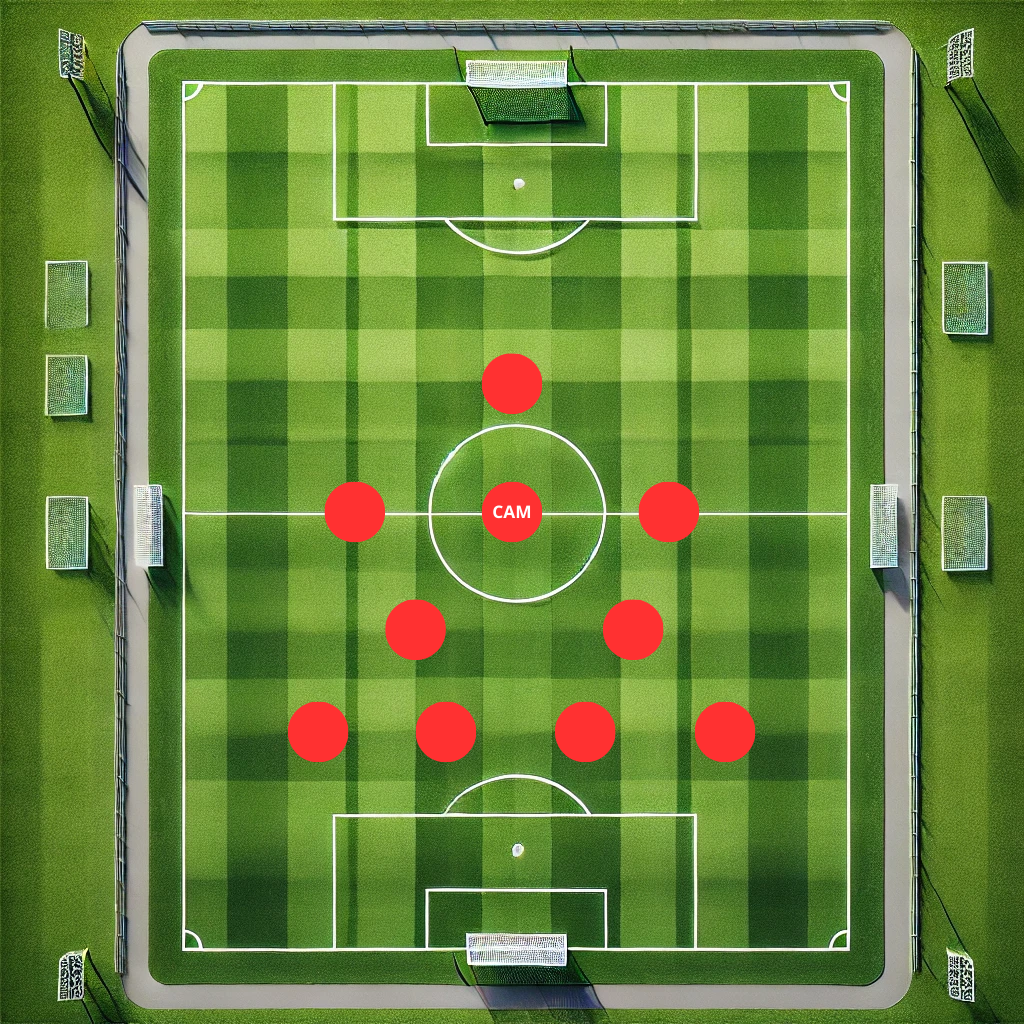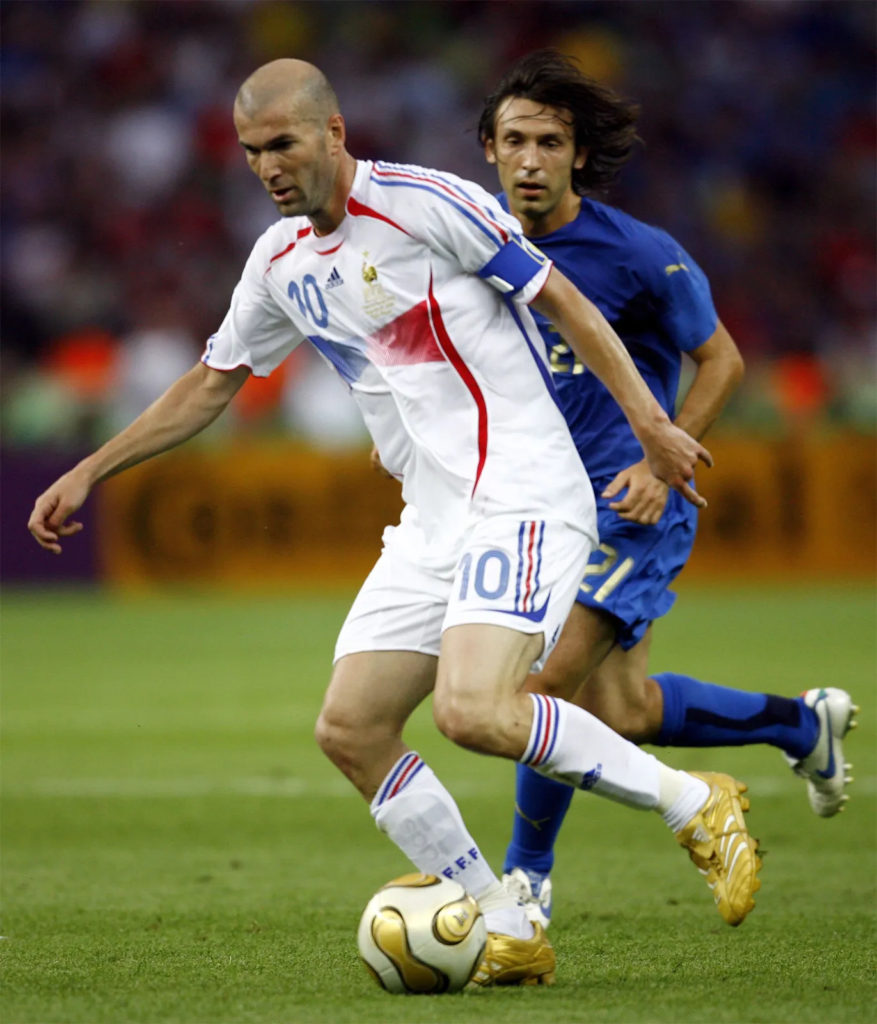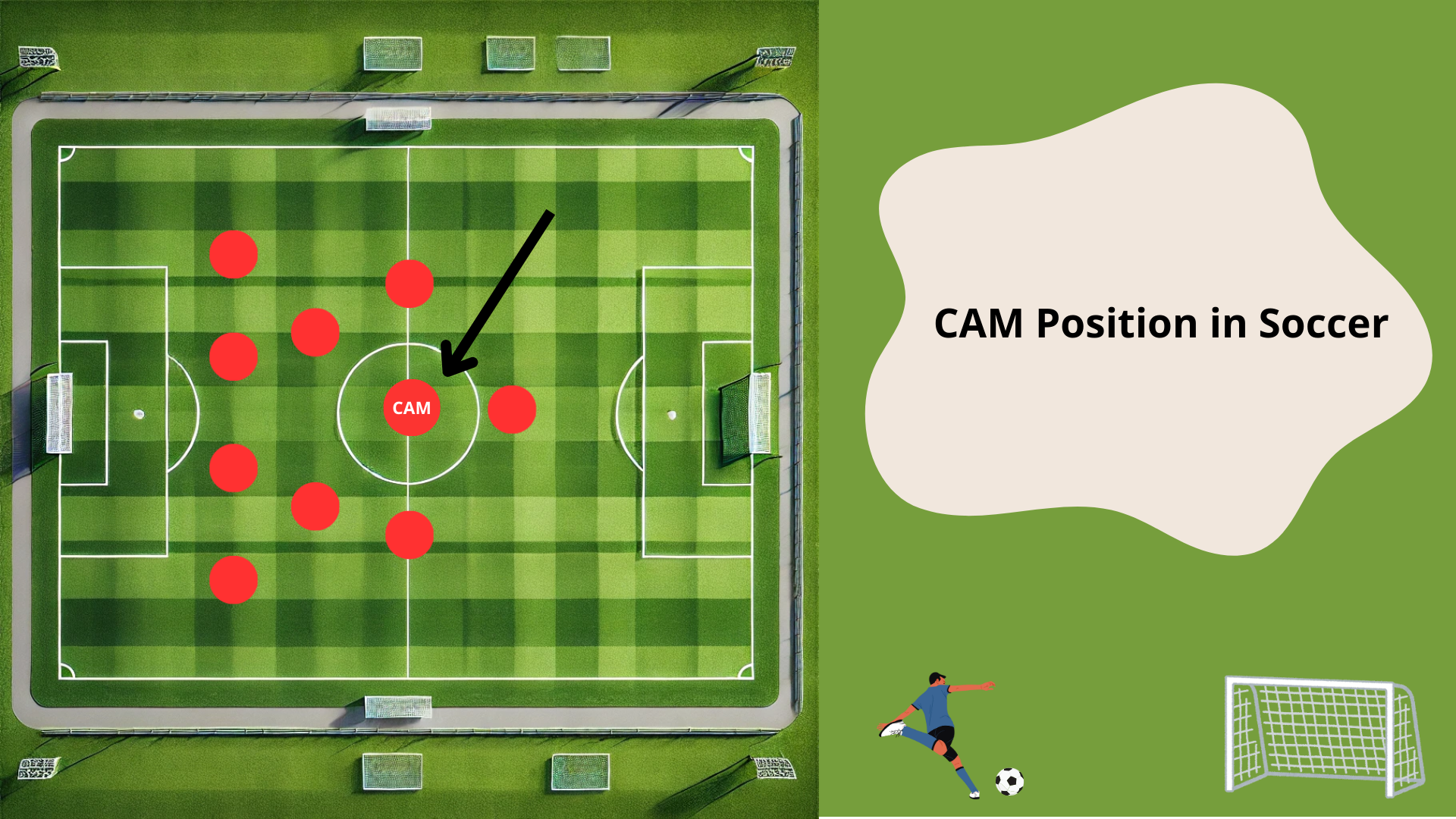The Central Attacking Midfielder (CAM) position is one of the most crucial roles on the soccer field. Whether you’re a seasoned player looking to enhance your game or a fan eager to understand the tactics behind your favorite sport, mastering the CAM position is essential.
In this article, we’ll explore what it means to play as a CAM, the skills required, and how this position can influence the outcome of a soccer match.
What is the CAM Position in Soccer?

The CAM, or Central Attacking Midfielder, is a key position in a soccer team’s formation. Positioned centrally just behind the strikers, the CAM is responsible for creating scoring opportunities, making decisive passes, and occasionally contributing goals. Unlike other midfielders who may focus on defense or wide play, the CAM is primarily an offensive player, driving the attack forward.
The Role and Responsibilities of a CAM
Playmaking
The CAM is often the team’s playmaker, dictating the pace of the game and setting up chances for strikers.
Vision and Passing
Excellent vision and precise passing are critical for a CAM. They need to see opportunities others might miss and deliver the ball accurately.
Shooting
While not the main goal-scorer, a good CAM should have the ability to take shots from outside the box, adding another dimension to the team’s attack.
Movement and Positioning
A CAM must constantly move into spaces where they can be most effective, making themselves available for passes and dragging defenders out of position.
Skills Required for a Successful CAM
- Technical Skills: Dribbling, passing, and shooting are the foundational skills for any CAM.
- Tactical Awareness: Understanding the game’s flow and making quick decisions under pressure is vital.
- Physical Fitness: Stamina and agility are essential for maintaining high performance throughout the match.
- Communication: A CAM needs to effectively communicate with teammates, ensuring that everyone is on the same page during the attack.
How to Train for the CAM Position
To excel as a CAM, players need to focus on drills that enhance their technical abilities, vision, and decision-making. Here are some training tips:
Dribbling Drills
Work on close control and dribbling through cones to simulate moving past defenders.
Passing Exercises
Practice one-touch passing and long balls to improve accuracy and timing.
Shooting Practice
Spend time shooting from outside the box, focusing on accuracy and power.
Tactical Drills
Participate in small-sided games that emphasize quick decision-making and positioning.
Famous CAM Players in Soccer
Several world-class players have excelled in the CAM position, leaving a lasting impact on the sport:
Zinedine Zidane

Image source
Known for his incredible vision and ball control, Zidane was a master of the CAM role.
Kevin De Bruyne

Image source
A modern example, De Bruyne is renowned for his passing range and ability to score from distance.
Mesut Özil

Image source
With his exceptional playmaking ability, Özil has been a standout CAM for many years.
Common Formations Featuring a CAM
- 4-2-3-1 Formation: The CAM plays a pivotal role in this formation, operating in the space behind the lone striker.
- 4-4-1-1 Formation: The CAM acts as a support striker, bridging the gap between midfield and attack.
- 4-3-3 Formation: In this setup, the CAM might operate slightly deeper but still focuses on driving the attack.
FAQs
1. What does CAM stand for in soccer?
CAM stands for Central Attacking Midfielder. This position is key in the attacking phase of a team’s play, situated centrally on the field between the midfield and the forwards.
2. How is a CAM different from other midfielders?
Unlike central or defensive midfielders who may focus more on retaining possession and breaking up opposition attacks, a CAM is more offensively oriented. They operate higher up the pitch and are more involved in creating goal-scoring chances.
3. Can a CAM also play as a forward?
Yes, a CAM can sometimes play as a forward, especially in formations that employ a “false nine” or a second striker. While their primary role is to create chances, many CAMs are also capable goal-scorers.
4. What challenges does a CAM face during a match?
A CAM often faces tight marking from defenders and needs to find space in crowded areas. They must make quick decisions under pressure and consistently create opportunities, even against well-organized defenses.
5. How does a CAM influence a team’s overall strategy?
A CAM is central to a team’s attacking strategy, often serving as the link between midfield and attack. Their ability to create and convert chances can significantly impact the team’s success, making them one of the most influential players on the pitch.
Conclusion
The CAM position in soccer is one of the most exciting and influential roles on the field. Whether you’re playing the game or analyzing it, understanding the intricacies of the CAM can give you a greater appreciation for the beautiful game.
By mastering the skills and tactics required for this position, you can become a vital asset to your team and contribute significantly to its success.

